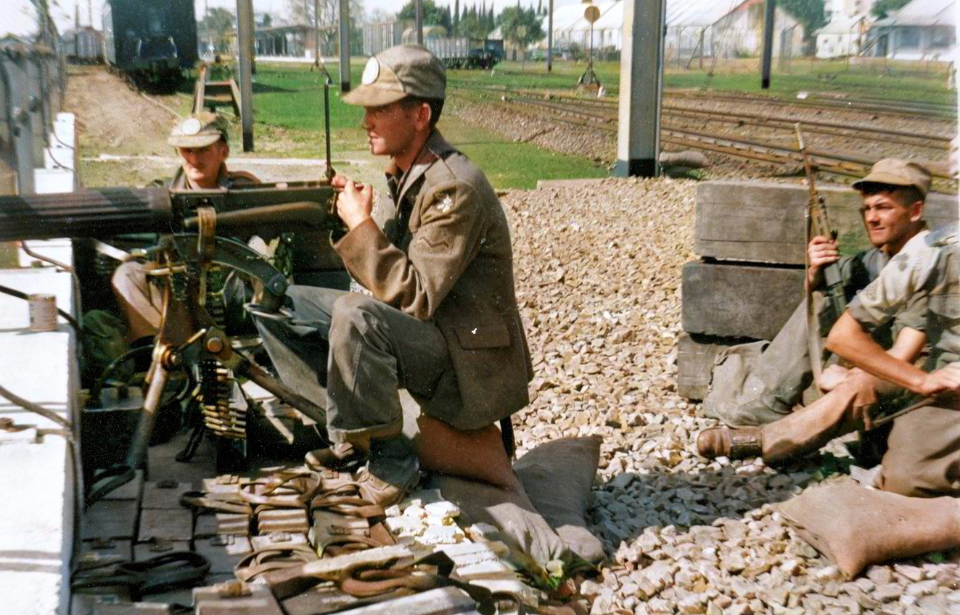During the Siege of Jadotville, 156 Irish peacekeepers led by Pat Quinlan were trapped by a much larger group of Katangese mercenaries. Despite being outnumbered and outgunned, the Irish soldiers stood their ground with courage and impressive skill. Their brave actions were later shared with a wider audience in the 2016 Netflix film The Siege of Jadotville, which paid tribute to their heroic stand.
What led to the Congo Crisis?
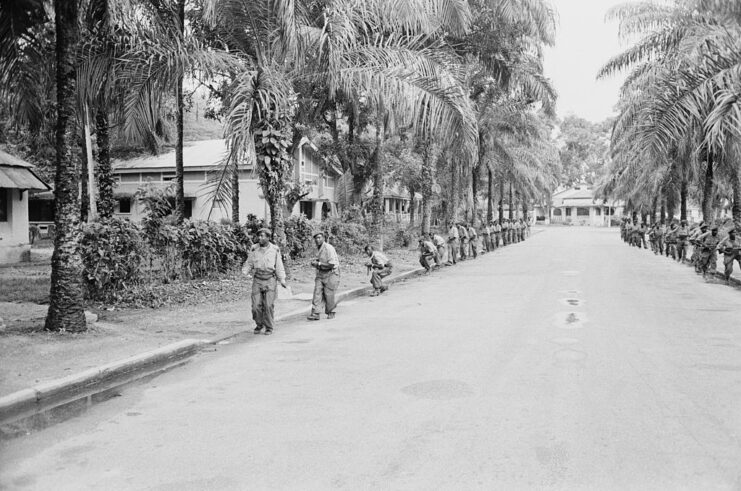
The Siege of Jadotville took place during the Congo Crisis (1960-65), a time of major political and military turmoil after Congo gained independence from Belgium on June 30, 1960. The chaos was driven by different groups competing for power, including the breakaway State of Katanga, led by Moïse Tshombe.
On July 5, 1960, Congolese troops mutinied against their Belgian rulers, sparking widespread violence across the country. While Belgium’s military tried to intervene, the United Nations (UN) got involved. UN peacekeepers faced major challenges as they struggled to manage the various factions fighting for control while also dealing with tensions within their own ranks.
Operations Rum Punch and Morthor
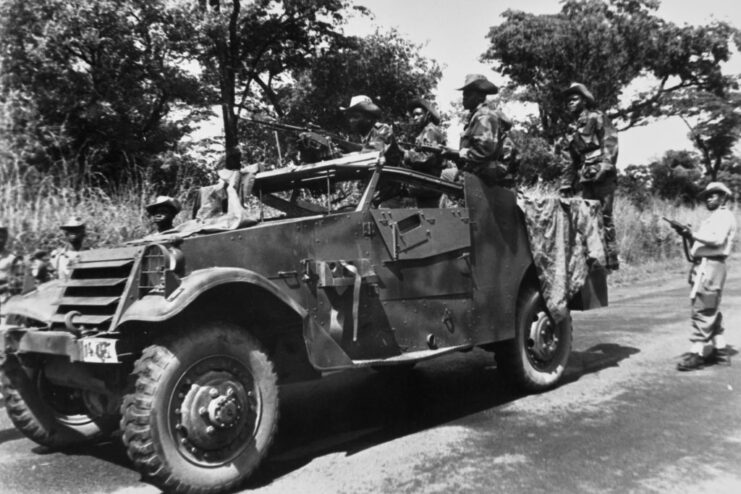
The UN launched Operation Rum Punch in August 1961 to address the foreign mercenaries bolstering Katanga’s bid for independence. The operation resulted in the capture of 79 non-Congolese officers and mercenaries by UN forces in Katanga. Although it achieved some success, the mission failed to completely eradicate the mercenary threat, exacerbating tensions in the region.
In response, the UN initiated Operation Morthor in September, an eight-day offensive aimed at diminishing Katanga’s military strength. The operation, however, proved controversial and instead sparked intense clashes between UN troops and Moïse Tshombe’s forces, who, already on high alert, retaliated with a fierce counteroffensive.
Operation Morthor ended in a fragile ceasefire brokered between Tshombe and UN Representative Conor O’Brien, unexpectedly laying the groundwork for the Siege of Jadotville.
What was involved in the Siege of Jadotville?
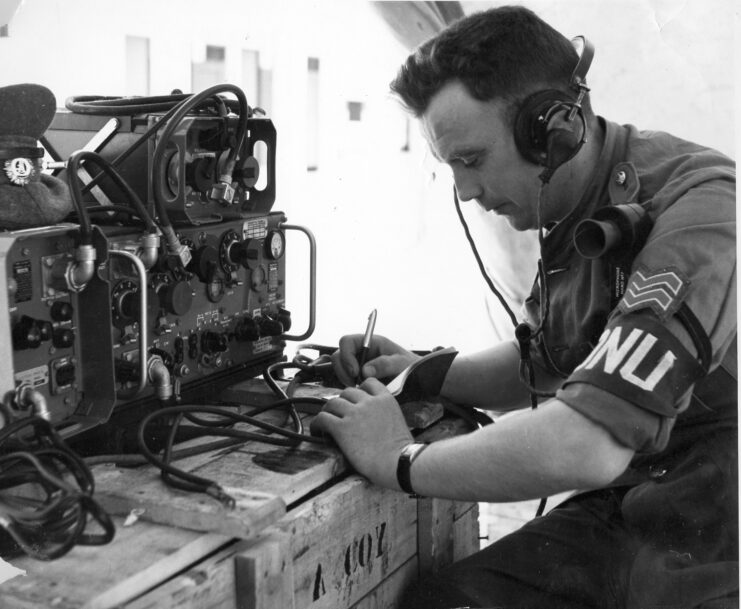
Following Operation Morthor, Katangese forces began targeting isolated UN units, including A Company of the Irish Army’s 35th Battalion, stationed in Jadotville. Under the leadership of Commandant Pat Quinlan, the 155 Irish soldiers were charged with the vital mission of protecting the town’s civilians as tensions mounted.
With Katangese forces cutting off the roads used by A Company, the Irish troops strengthened their defenses in preparation for the expected attack. Quinlan made two requests for reinforcements, but neither was answered.
The Irish Army faced a formidable opponent in the Katangese forces, which included local gendarmes and European mercenaries. Many of these mercenaries were battle-hardened veterans of previous wars, bringing extensive combat experience to the conflict. Among their leaders was Roger Faulques, a notorious French mercenary known for his ruthlessness. The Katangese also had the advantage of a Fouga CM.170 Magister, which provided them with major aerial superiority.
A Katangese surprise attack kicks off the Siege of Jadotville
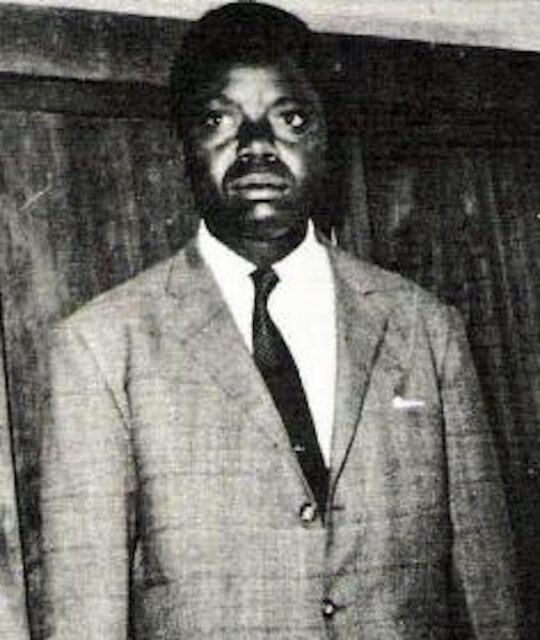
The Siege of Jadotville began on September 13, 1961, when the Katangese forces launched a surprise attack on the Irish position. The assault kicked off while many of the Irish soldiers were attending an open-air mass, catching them off-guard. However, the quick response of Irish sentry Pvt. Billy Ready, who fired a warning shot, alerted his comrades and gave them the opportunity to mount a defense.
The initial wave of attackers was met with fierce resistance from the Irish, despite them being outnumbered and outgunned – they only had BREN light machine guns, 60 mm mortars, shoulder-fired anti-tank guns and Vickers machine guns. Over the next few days, the Katangese forces continued to launch attacks, supported by mortar fire and airstrikes.
Irish surrender signals the end of the Siege of Jadotville
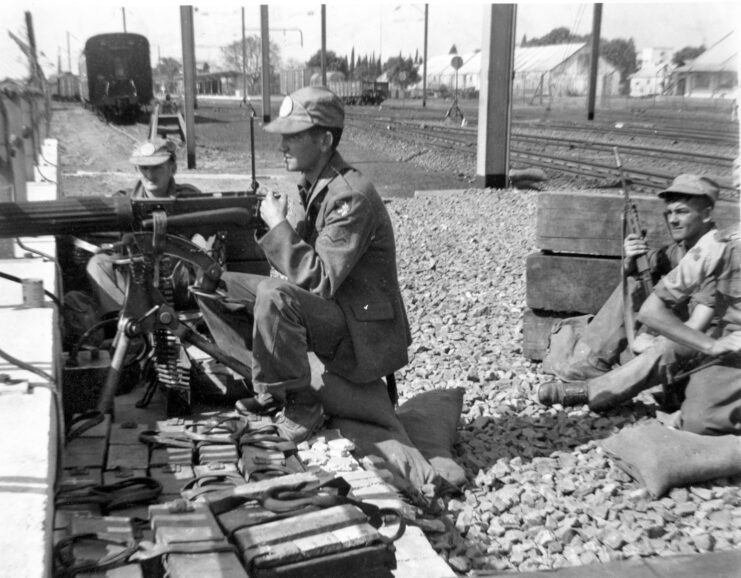
By September 17, 1961, after several days of intense fighting, the Irish troops were running out of ammunition, food, and water. Despite their best efforts, the situation had become impossible to sustain. Realizing the seriousness of the situation, Pat Quinlan negotiated a ceasefire with the Katangese forces. The Irish agreed to surrender their weapons in return for safe passage and a guarantee that they would be treated as prisoners of war (POWs).
This marked the end of the Siege of Jadotville. The Irish soldiers were held captive for about a month before being freed in a prisoner exchange. Even though they surrendered, they had inflicted significant casualties on the mercenaries, with around 300 killed and more than 1,000 wounded.
What happened in the aftermath?
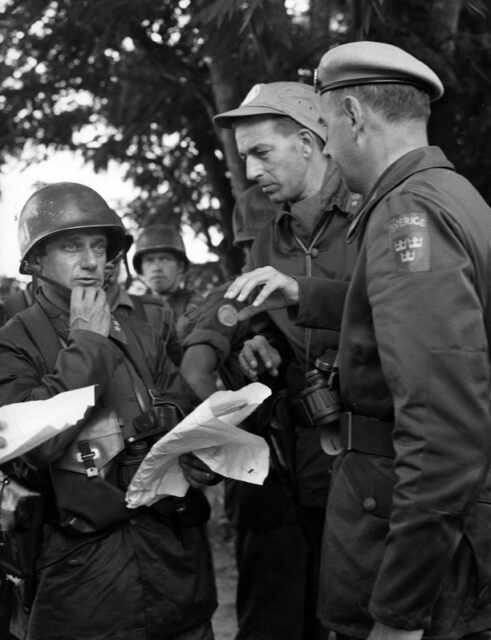
The aftermath of the Siege of Jadotville had a lasting impact on both the region and the soldiers who fought there. When the Irish peacekeepers returned home, their surrender was first seen as a source of national shame. However, over time, their courage and tactical expertise in the face of overwhelming odds came to be recognized and honored.
In the broader context of the Congo Crisis, the battle underscored the region’s deep instability and the difficulties of maintaining peace. The failure of Operation Morthor and rising anti-UN sentiment in Katanga only added to the challenges.
It wasn’t until January 1963, with the success of Operation Grandslam, that the breakaway State of Katanga was finally brought back into the Congo, offering a degree of stability after years of conflict.
How accurate is the Netflix film about the Siege of Jadotville?

The 2016 Netflix film The Siege of Jadotville brought international attention to the bravery of the Irish peacekeepers during the battle. While the movie captures the core story and honors the courage of the Irish troops, it takes some creative liberties to increase dramatic tension.
The film does a solid job of highlighting Commandant Pat Quinlan’s leadership and the overwhelming odds his men faced. However, to keep the story focused and engaging, it streamlines the timeline and compresses events. Some characters and actions—especially those of the Katangese forces and their commanders—are portrayed in a more simplified and dramatized way than what actually occurred. The political complexities of the Congo Crisis are also downplayed in favor of a more direct good-versus-evil narrative.
More from us: Selous Scouts: The Specialized Rhodesian Force With a Controversial History
Even with these changes, the film remains a respectful and powerful tribute to the Irish soldiers who fought at Jadotville, helping to restore long-overdue recognition to their efforts.
